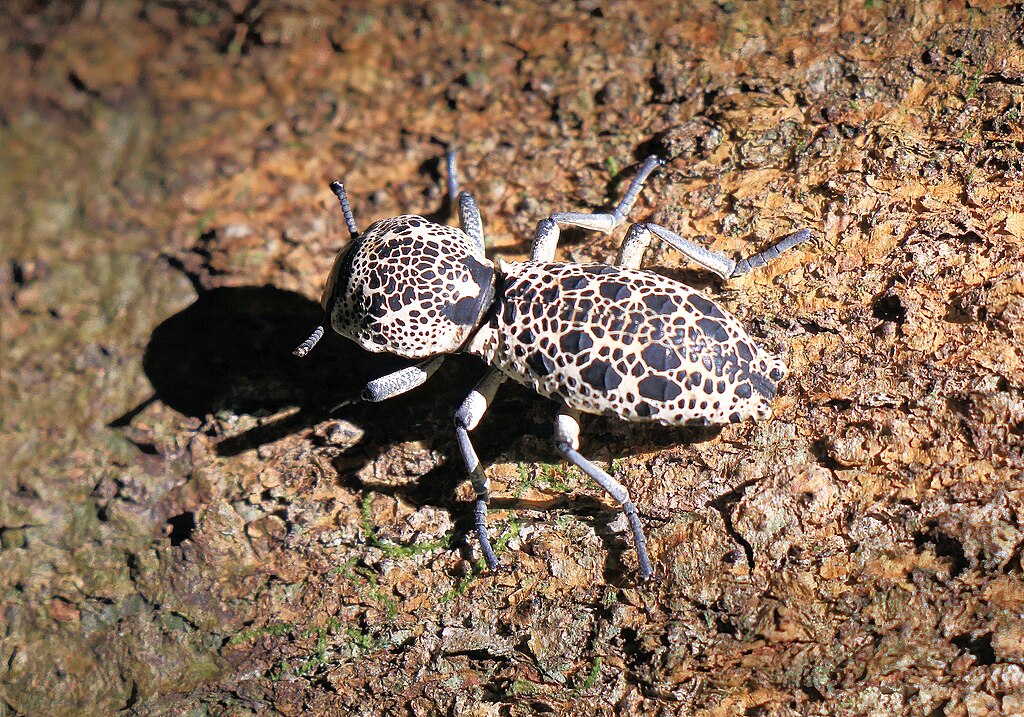Imagine stepping on something so hard that you expect it to crumble instantly, only to watch it walk away completely unharmed. This isn’t science fiction – it’s the incredible reality of the diabolical ironclad beetle, a creature so resilient that it has become nature’s ultimate survivor. Found in the arid regions of western North America, this remarkable insect can withstand forces that would destroy almost any other living creature on Earth. The Phloeodes diabolicus, as scientists call it, has earned its fearsome name through an extraordinary ability that defies logic. While most beetles would be instantly crushed under the weight of a human foot, this tiny warrior can endure pressures equivalent to being run over by a 39,000-pound truck. Its secret lies in an evolutionary masterpiece of engineering that took millions of years to perfect.
Meet the Indestructible Insect

The diabolical ironclad beetle measures just about an inch long, making it seem utterly unremarkable at first glance. Its dark, matte black exterior gives no hint of the extraordinary strength hidden beneath its surface. Unlike flashy beetles with iridescent shells or impressive horns, this creature’s superpower is pure, unyielding toughness. Native to the deserts of California and Arizona, these beetles have adapted to one of Earth’s harshest environments. They spend most of their lives hiding under rocks, in tree bark, or beneath fallen logs, emerging primarily at night to search for food. Their diet consists mainly of fungi and decaying plant matter, making them important decomposers in their ecosystem. What sets them apart from their 400,000 beetle cousins worldwide is their complete inability to fly. While this might seem like a disadvantage, losing their wings allowed them to develop something far more valuable – an armor system that would make medieval knights jealous.
The Science Behind Superhuman Strength
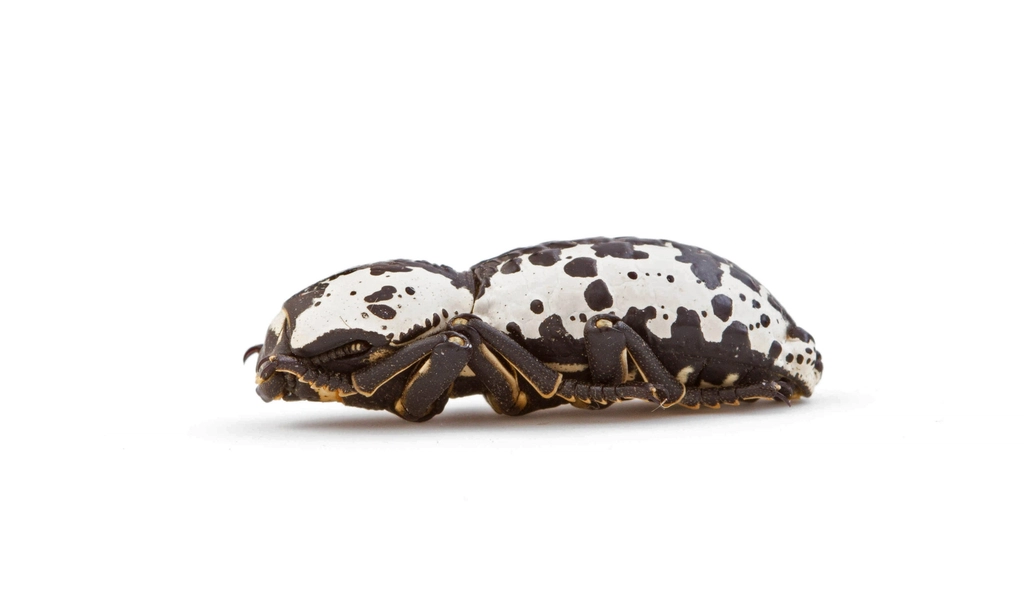
Researchers at the University of California, Irvine, discovered that these beetles can withstand forces up to 39,000 times their own body weight. To put this in perspective, that’s like a 150-pound person surviving the weight of six fully loaded Boeing 747 jumbo jets stacked on top of them. The secret lies in their unique exoskeleton structure, which functions like a sophisticated piece of body armor. Unlike most beetles that have flexible wing covers called elytra, the ironclad beetle’s elytra have fused into a solid, impenetrable shield. This fusion creates a structure that distributes force across the entire body rather than concentrating it in one vulnerable spot. Scientists used advanced imaging techniques to reveal the intricate internal architecture that makes this possible. The beetle’s strength comes from a combination of incredibly tough materials and ingenious design principles. Their exoskeleton contains layers of chitin and proteins arranged in complex patterns that absorb and redirect destructive forces away from vital organs.
Nature’s Engineering Marvel Revealed

When scientists placed these beetles under powerful microscopes and subjected them to crushing forces, they discovered something remarkable. The beetle’s shell consists of multiple layers that work together like a high-tech composite material used in aerospace engineering. Each layer has a specific job in protecting the creature from harm. The outer layer provides initial impact resistance, while inner layers contain specialized structures called microlamellae. These microscopic features create a network of interlocking supports that prevent catastrophic failure when extreme pressure is applied. It’s similar to how modern crash helmets use multiple foam layers to protect human heads. Most fascinating of all, the beetle’s suture lines – the places where different parts of the shell connect – don’t break under pressure. Instead, they allow controlled deformation that absorbs energy while maintaining structural integrity. This prevents the complete collapse that would spell doom for the beetle.
Evolutionary Advantages of Extreme Durability

This incredible toughness didn’t develop by accident – it’s the result of millions of years of evolutionary pressure in harsh desert environments. Predators in these regions include birds, lizards, and small mammals that rely on crushing force to break through insect defenses. The ironclad beetle’s armor makes it essentially inedible to most would-be attackers. Living under rocks and logs means these beetles frequently experience being compressed by shifting debris, falling stones, and the weight of larger animals walking overhead. Their survival strategy focuses entirely on passive defense rather than speed or aggression. While other insects evolved to run or fight, the ironclad beetle chose to become an immovable object. Interestingly, this extreme durability comes with trade-offs. The beetle moves relatively slowly and cannot escape quickly from danger. However, when your defense is nearly impenetrable, speed becomes less important than in other survival strategies.
Real-World Testing That Shocked Scientists
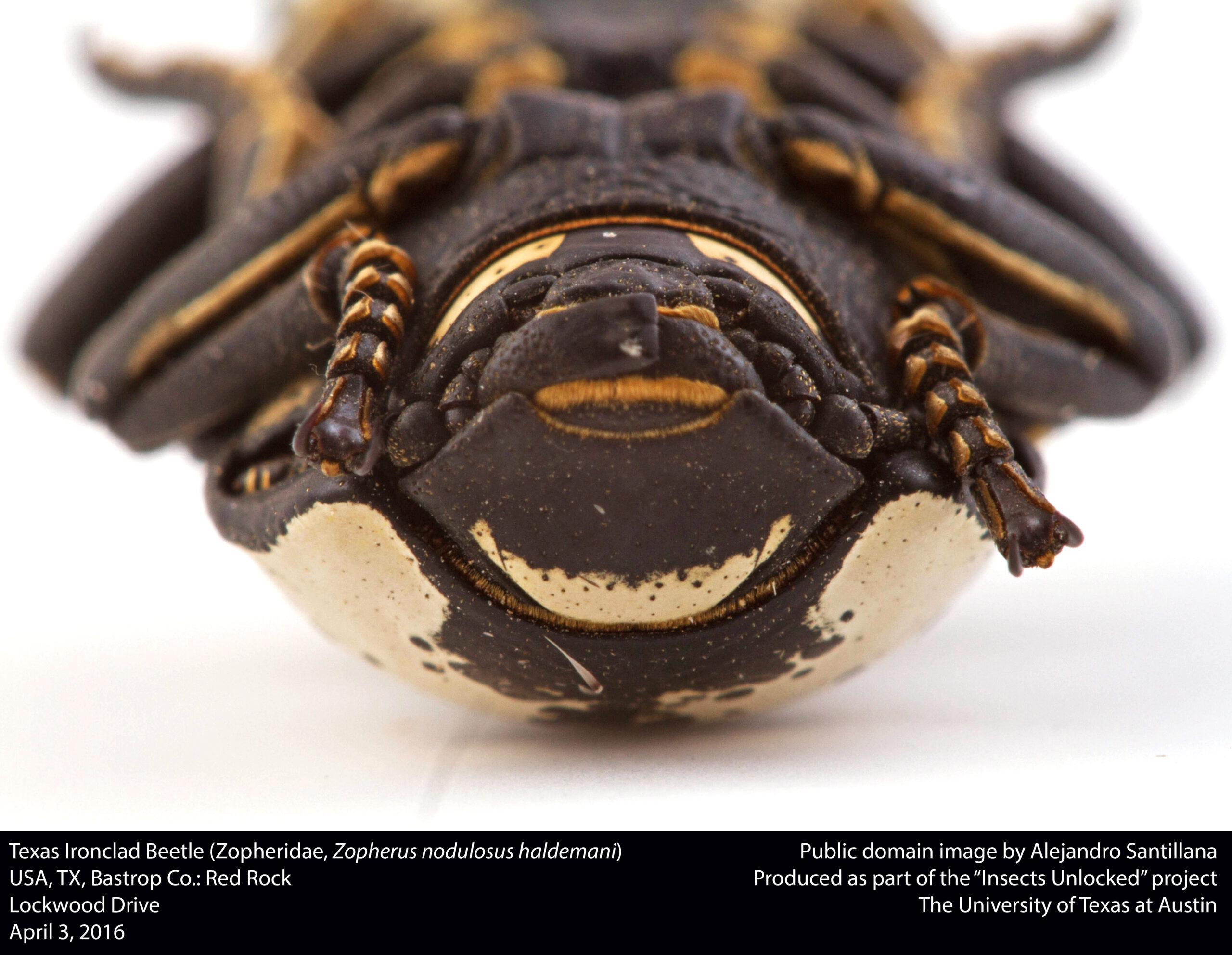
Researchers conducted numerous experiments to understand just how tough these beetles really are. They used compression testing machines typically reserved for testing building materials and aircraft components. The results left even experienced entomologists amazed at what they discovered. In one experiment, scientists gradually increased pressure on live beetles while monitoring their vital signs. The insects remained completely unharmed at forces that would instantly destroy steel pennies. Even more remarkably, they walked away from these tests without any apparent injury or behavioral changes. The most dramatic test involved actually driving over beetles with a Toyota Camry weighing approximately 3,000 pounds. Not only did the beetles survive, but they continued their normal activities as if nothing had happened. This real-world demonstration proved that their laboratory-measured strength translates directly to survival in natural conditions. Video footage of these experiments shows the beetles’ shells deforming slightly under extreme pressure, then returning to their original shape once the force is removed. This elastic response prevents permanent damage and allows the insects to maintain their protective capabilities even after repeated crushing incidents.
Internal Anatomy Built for Survival

The beetle’s internal structure is just as impressive as its external armor. Their organs are arranged and protected in ways that minimize damage from compression forces. Unlike humans, whose organs would be catastrophically damaged by even minor crushing, these beetles have evolved specialized adaptations throughout their bodies. Their respiratory system uses a network of tubes called tracheae that can collapse and expand without permanent damage. This allows them to continue breathing even when their body cavity is severely compressed. Most insects would suffocate under similar conditions, but the ironclad beetle’s breathing apparatus is built to handle extreme deformation. The digestive system and other vital organs are surrounded by protective tissues that act like biological shock absorbers. These structures prevent internal organs from being damaged when the beetle’s shell experiences tremendous pressure from outside forces.
Comparing Strength Across the Animal Kingdom
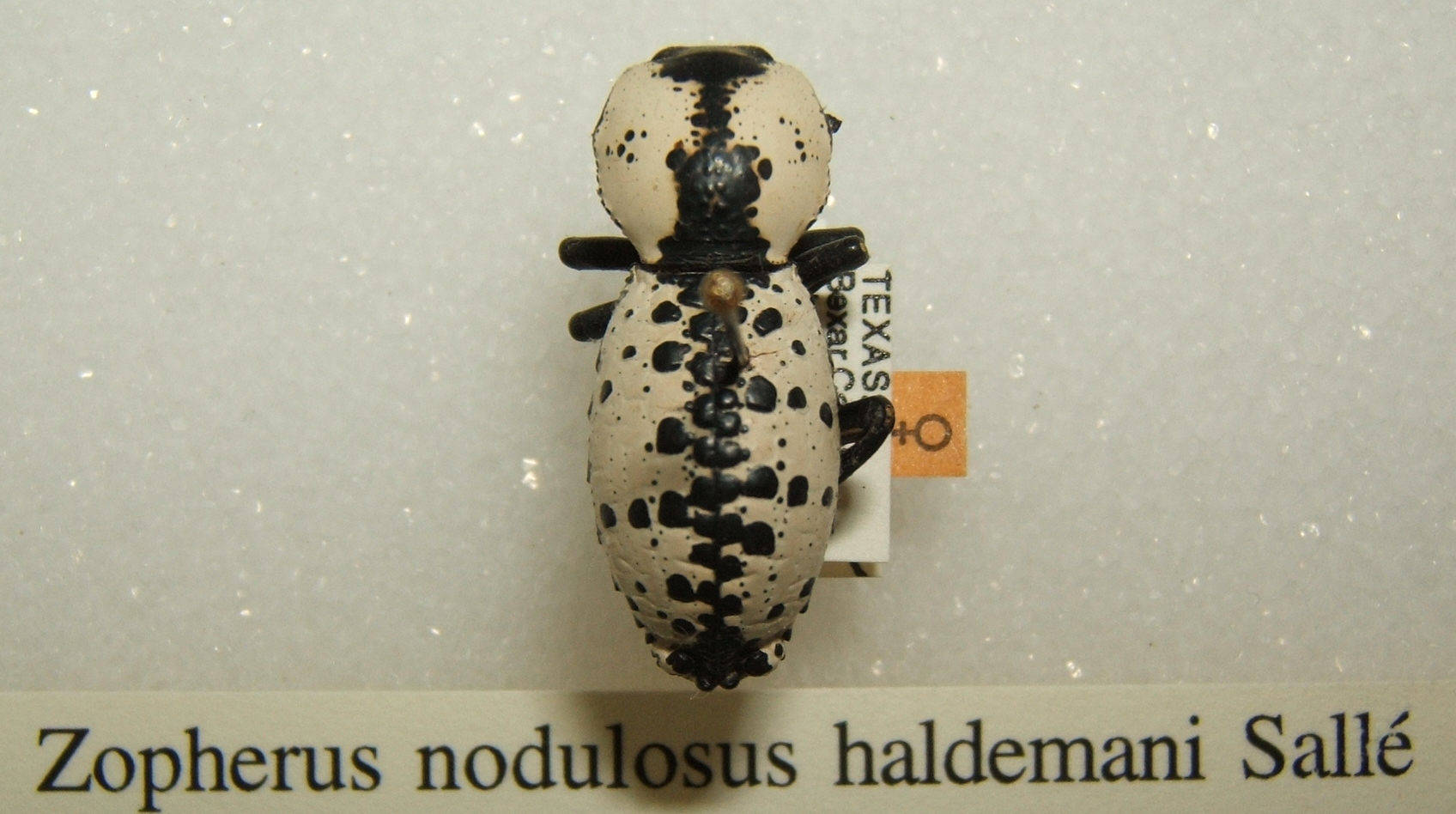
While many animals are known for their impressive strength, few can match the ironclad beetle’s ability to withstand crushing forces relative to their size. Elephants can carry enormous loads, but they would be instantly killed by pressures that this tiny beetle considers routine. Even creatures famous for their toughness, like armadillos or pangolins, cannot approach this level of durability. Tardigrades, often called the most indestructible animals on Earth, can survive in space and extreme temperatures, but they’re microscopic. The ironclad beetle achieves similar indestructibility at a much larger scale, making their accomplishment even more remarkable from an engineering perspective. Some marine creatures like certain mollusks have incredibly strong shells, but they rely on thickness rather than sophisticated structural design. The ironclad beetle achieves superior protection with a much lighter, more efficient system that doesn’t impede their mobility.
Habitat and Lifestyle of Living Tanks

These remarkable beetles inhabit some of North America’s most challenging environments, from the Sonoran Desert to the coastal ranges of California. They thrive in areas where temperature extremes, water scarcity, and rocky terrain create hostile conditions for most other insects. Their tough exterior protects them not just from predators, but from the physical hazards of their harsh homes. During daylight hours, they remain hidden beneath rocks, logs, or tree bark, avoiding both predators and the desert’s intense heat. This cryptic lifestyle means that most people never encounter them, despite living in areas where the beetles are relatively common. They emerge primarily at night to search for food and mates. Their diet consists mainly of decaying organic matter, making them important recyclers in desert ecosystems. They help break down dead plant material and fungal growth, returning nutrients to the soil. Despite their fearsome name and incredible defenses, they’re actually quite peaceful creatures that pose no threat to humans or other animals.
Reproduction and Life Cycle Secrets

The ironclad beetle’s reproductive strategy reflects their overall emphasis on defense over speed. Females lay their eggs in protected locations where developing larvae will be safe from predators and environmental hazards. The entire development process takes longer than most beetle species, but produces offspring with the same incredible durability as their parents. Larvae develop their tough exoskeletons gradually, becoming increasingly resistant to crushing forces as they mature. Young beetles start with basic protection that strengthens with each molt until they achieve full adult invincibility. This extended development period requires them to remain hidden and vulnerable for longer than other species. Mating behavior involves complex chemical communication, as these beetles must find each other in the vast desert landscape. Once paired, they remain together for extended periods, which is unusual among beetle species that typically mate briefly and separate immediately afterward.
Predator Relationships and Defense Strategies
Few predators even attempt to eat adult ironclad beetles once they discover their incredible toughness. Birds that try quickly learn that these insects are essentially inedible rocks that provide no nutritional benefit. The beetles don’t need to run or hide – they simply endure whatever attacks come their way. However, their eggs and young larvae remain vulnerable until they develop full defensive capabilities. This creates an interesting dynamic where adult beetles invest heavily in protecting their offspring during their most defenseless stages. Parents often remain near egg-laying sites to provide additional protection. Some determined predators have developed strategies to flip the beetles over and attack their softer undersides, but even this approach rarely succeeds. The beetles can right themselves quickly and their ventral surface, while less armored than their backs, is still remarkably tough compared to other insects.
Revolutionary Applications in Human Technology

Engineers and materials scientists are studying the ironclad beetle’s shell structure to develop new protective materials for human use. Their research could lead to stronger body armor, more durable aircraft components, and improved safety equipment for hazardous occupations. The beetle’s design principles offer insights that could revolutionize how we build protective structures. Automotive manufacturers are particularly interested in applying these biological engineering lessons to create safer vehicles. The beetle’s ability to absorb and distribute impact forces could inspire new crash protection systems that save human lives. Several major companies have already invested in research programs based on ironclad beetle biomechanics. Military applications include developing better protective gear for soldiers and improved armor for vehicles operating in dangerous environments. The beetle’s lightweight yet incredibly strong structure offers advantages over traditional heavy armor systems that reduce mobility and increase fuel consumption.
Climate Change and Desert Survival

As global temperatures rise and desert regions expand, the ironclad beetle’s incredible adaptations may become even more valuable for understanding survival in harsh environments. Their ability to withstand extreme physical stress could provide insights into how other species might adapt to changing conditions. Climate scientists are studying how these beetles maintain their populations despite increasingly challenging environmental pressures. Desert ecosystems are among the most vulnerable to climate change impacts, but species like the ironclad beetle demonstrate that remarkable adaptations can provide resilience against environmental extremes. Their success story offers hope for conservation efforts in rapidly changing habitats. Researchers are particularly interested in how these beetles regulate their body temperature and water balance while maintaining their incredible structural strength. These physiological adaptations could inform strategies for helping other desert species cope with climate change impacts.
Conservation Status and Environmental Importance

While ironclad beetles aren’t currently considered endangered, their specialized habitat requirements make them vulnerable to human development and environmental changes. Urban expansion into desert areas destroys the rocky, debris-rich environments these beetles need to survive. Conservation efforts focus on preserving intact desert ecosystems rather than targeting the beetles specifically. Their role as decomposers makes them ecologically important despite their small size and secretive nature. They help maintain nutrient cycles in desert environments where decomposition happens slowly due to low moisture and extreme temperatures. Losing these beetles could disrupt delicate ecological balances in their native habitats. Scientific research on these beetles requires careful collection and study protocols to avoid harming wild populations. Many researchers now use non-invasive techniques and computer modeling to study beetle mechanics without removing large numbers from their natural environments.
Future Research and Discoveries
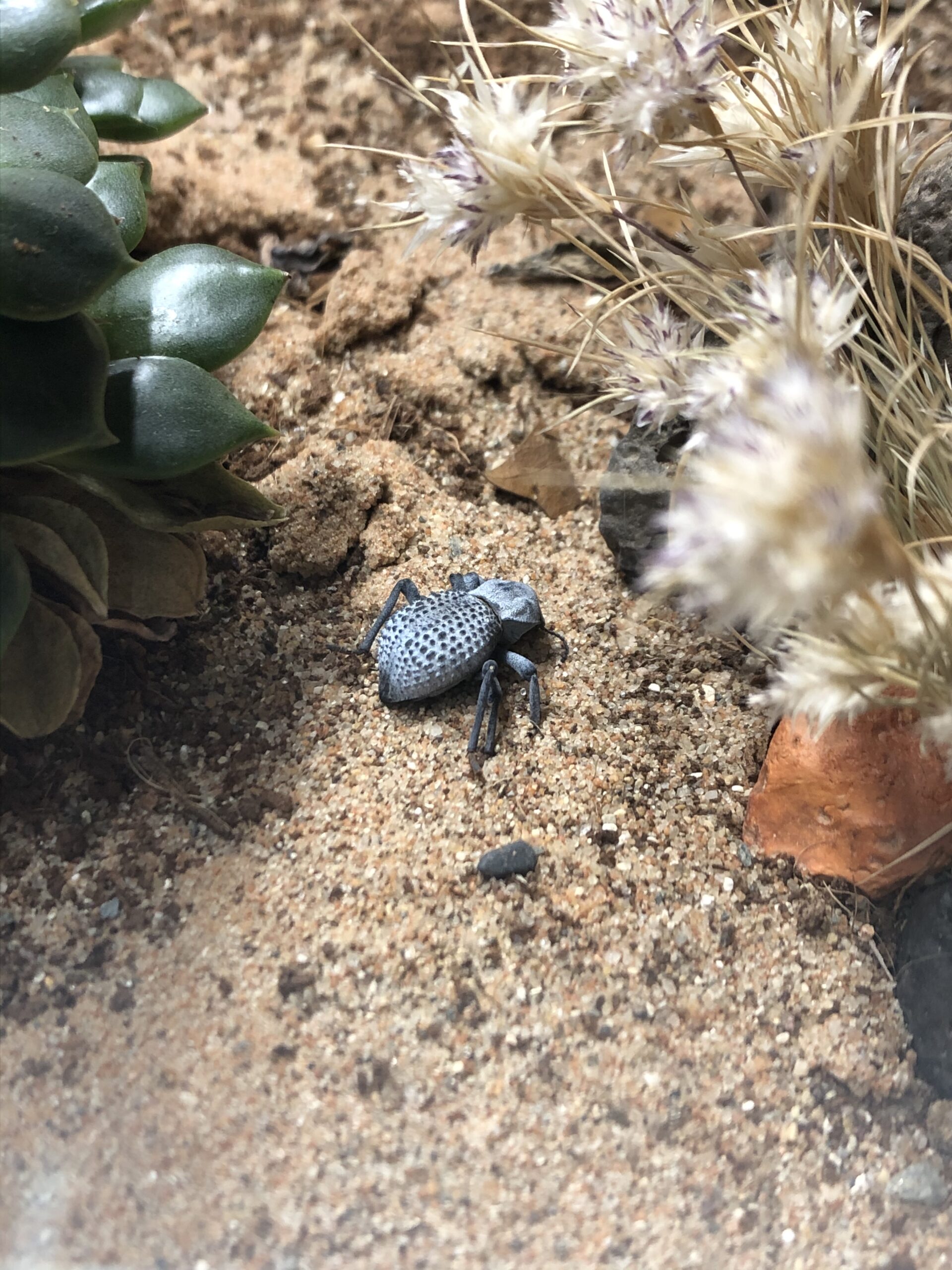
Scientists continue uncovering new aspects of the ironclad beetle’s remarkable abilities through advanced imaging techniques and materials testing. Recent discoveries include previously unknown microscopic structures that contribute to their incredible strength. Each new finding reveals additional layers of complexity in their biological engineering. Genetic research is beginning to identify the specific genes responsible for producing their ultra-tough exoskeletons. This knowledge could eventually allow scientists to understand exactly how evolution created such an extraordinary defense system. Future studies may reveal whether similar adaptations exist in other beetle species or related insects. International collaboration between biologists, engineers, and materials scientists is accelerating discoveries about these beetles. Advanced research facilities around the world are dedicating resources to understanding how nature achieved such remarkable durability in such a small creature.
Conclusion

The diabolical ironclad beetle stands as one of nature’s most remarkable achievements in biological engineering. Its ability to survive forces that would destroy almost any other living creature demonstrates the incredible potential of evolutionary adaptation. From surviving car impacts to inspiring next-generation protective materials, this tiny desert dweller continues to amaze scientists and engineers worldwide. The beetle’s story reminds us that extraordinary adaptations often come from seemingly impossible challenges. In the harsh desert environment where survival depends on enduring rather than escaping, evolution created something truly extraordinary. As we face our own environmental challenges, perhaps we can learn valuable lessons from this indestructible insect.
What other incredible adaptations might be hiding in plain sight, waiting to revolutionize our understanding of what’s possible in nature?

